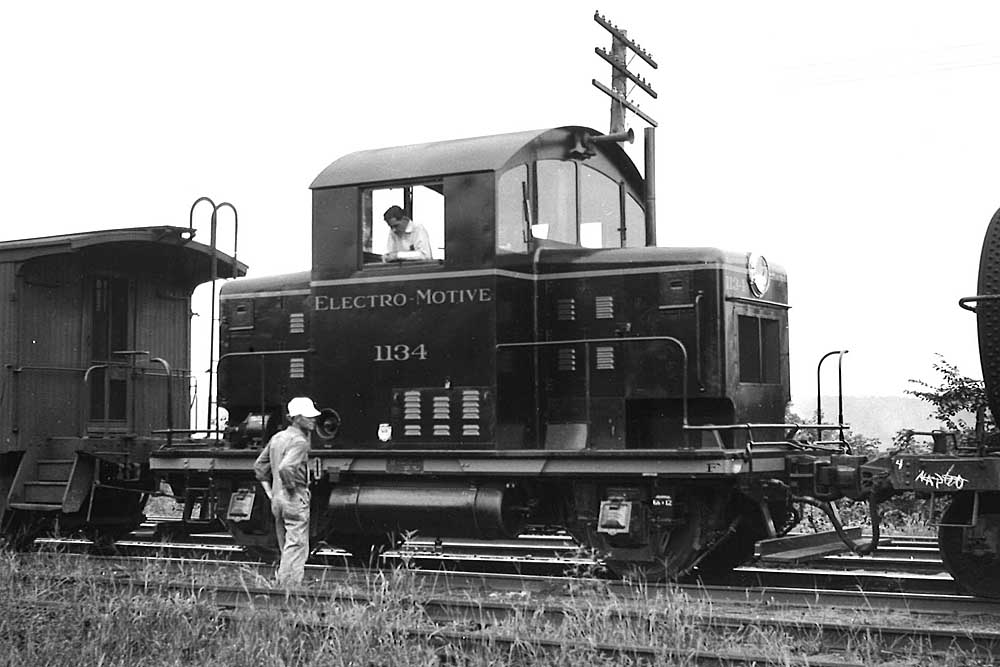
We all love the unusual — something that departs from our perceived norm. In railroading, it’s an Alco showing up on an otherwise all-Electro-Motive locomotive roster, or perhaps a slight variation of a paint scheme that catches our eye.
Or it could be an EMD Model 40.
A total of 11 were built between 1940 and 1943, with nine pressed into military service. Two went straight to work in the locomotive builder’s plants.
For a locomotive that was in EMD’s catalog (and predecessor EMC before that) eight decades ago, the Model 40 still holds up as a curiosity. Made in an era when the builder was primarily producing streamlined FT diesels for Class I railroads, the diminutive two-axle product looks like an engineering afterthought created from a pile of spare parts.
In fact, its prime movers didn’t even come from EMD. It was powered by a pair of General Motors’ Detroit Diesel 6-71 two-stroke truck motors producing a combined 300 hp. Those were connected to D7 traction motors. A Westinghouse 14-EL air brake system provided stopping power.
The EMD Model 40’s silhouette shows small hoods on each end sandwiching an overly-large-for-its-size cab that looks like an escapee from the EMD’s four-axle switcher line.
While we might today find these units an anomaly in the workforce, at the time there was a great need for small internal-combustion locomotives. They did yeoman’s work to support the war effort as plant switchers in industries tucked away in big cities with rail access only through tight curves and limited space. Any builder that could bolt a small prime mover to a frame was offering units and EMD was eager to join the fray that also included Atlas, Davenport, Plymouth, Vulcan, and others.
Constructed when ordered, the little guys are not identical. Three of them have thinner frames than the rest.
Exact information can be a little incomplete. Some Model 40s have left an excellent paper trail throughout their careers, including who they worked for, when they were bought and sold, and how they were maintained. Others have quietly disappeared into history.
Nine of the 11, or 81 percent of them still exist, with several still active.
EMD Model 40 case study
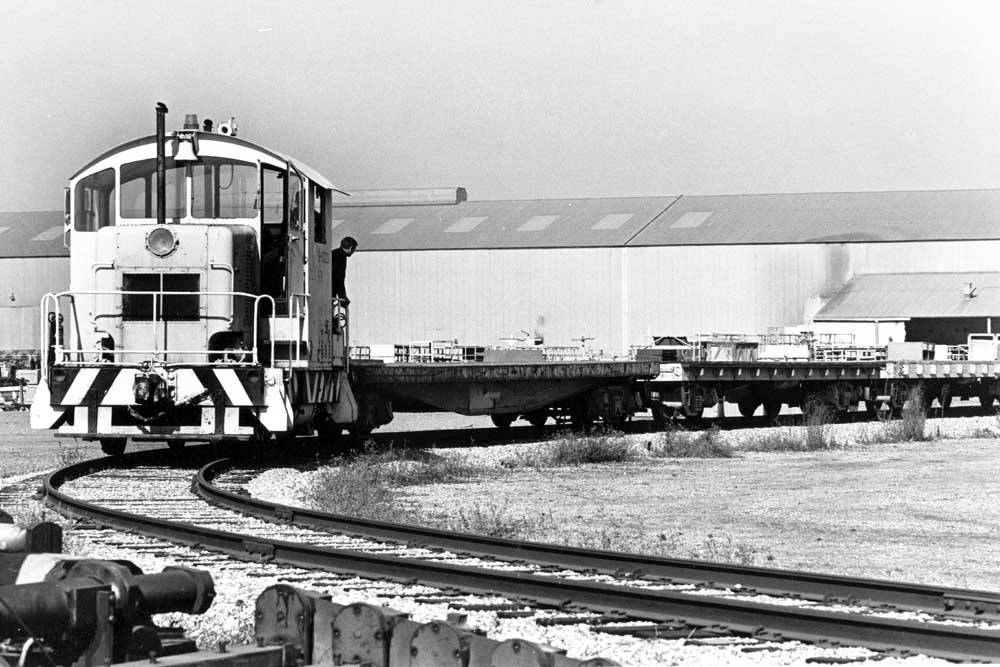
One EMD Model 40 that stands out is Travel Town No. 1, the Charley Atkins, built in 1942. The unit is affectionately named after The Los Angeles park’s founder and was the first display locomotive at the museum to move under its own power since 1961.
Built for the U.S. Navy, its first assignment was moving coal and supplies at Torpedo Station Goat Island, R.I., which was responsible for torpedo construction.
According to Department of the Navy communiques, coal was brought to Goat Island by large barges from the main pier to buildings 114 and 52. The Model 40 pulled cars from the pier to an unloading tower and then to a power plant on the island.
Later, the unit was transferred to Naval Station North Island in San Diego. In 1962 it was declared redundant. Awaiting disposition, it gained another life when a surplus Navy GE 80-tonner at Port Hueneme, Calif., slated to be transferred to Douglas Aircraft Co.’s Naval Weapons Industrial Reserve Plant in Torrance, Calif., was deemed unsuitable for the assignment. The Model 40 was offered and accepted as a substitute.
The little unit worked sporadically in the LA suburb until it was donated to the City of Los Angeles Department of Recreation and Parks on March 11, 1988, by successor McDonnell Douglas. At Travel Town, it has been spiffed up and repainted, briefly enjoying an active life shuttling a short train of a couple of former Southern Pacific cabooses inside the park. Still operable, today it’s on static display.






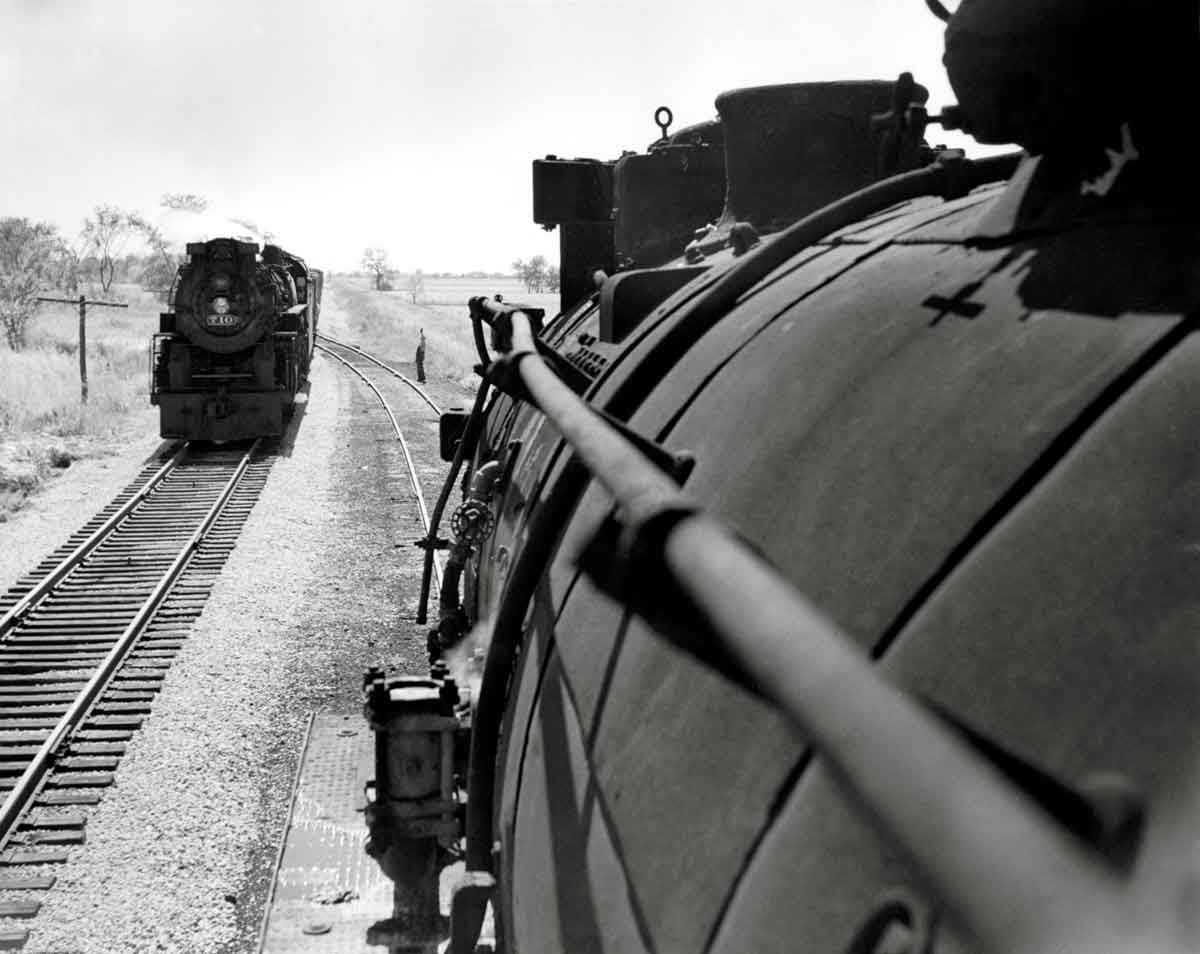
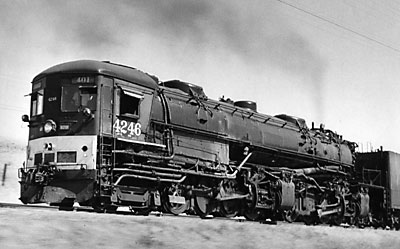
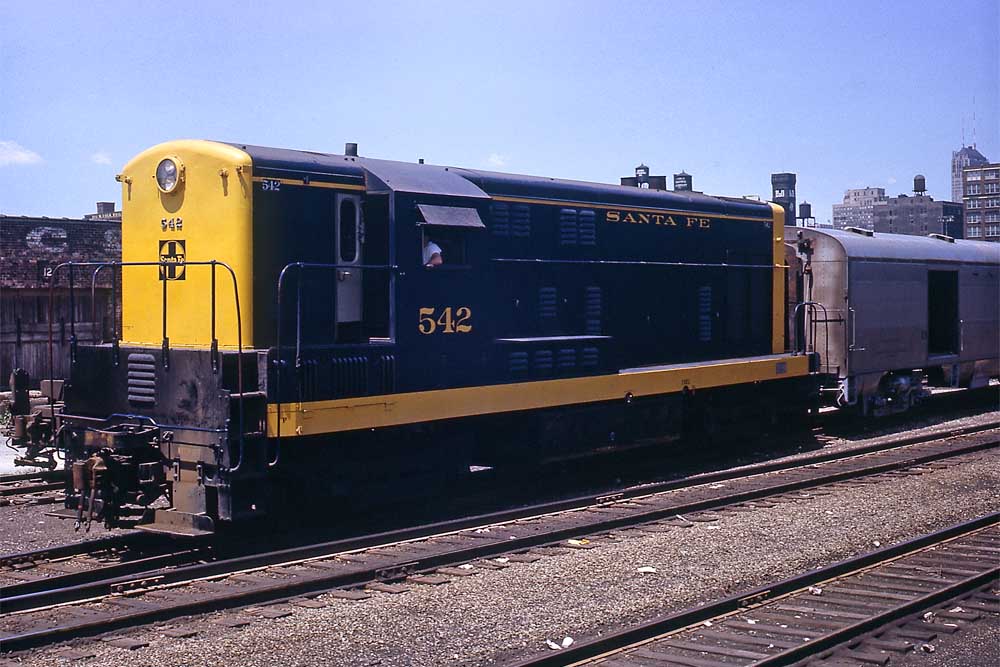
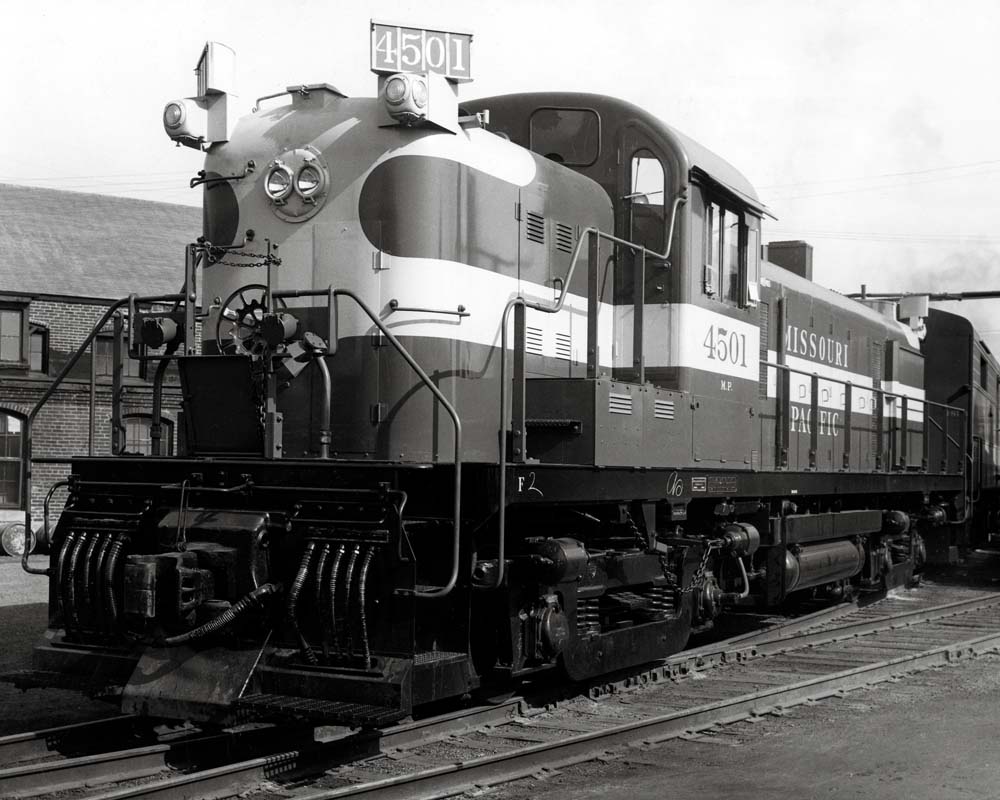




In December 1940 No 1134 was tried out on the 42 mile Missouri Pacific branch between Sedalia and Warsaw Missouri. On a return trip on December 5 the locomotive derailed at milepost 28.6 just North of Lincoln Missouri. Packed into the small cab were Eastern Division Superintendent C.F Doughtery. Engineer Charles F, Whitney, a Mr. Teeters, Road Foreman of Engines, and Mr. R.E.Terrel. of the Electromotive Co. Terrel would later become the President of Electromotive. The conductor and two brakemen were in the rear car along with three passengers and were not injured as the car stayed on the rails. All in the cab suffered minor injuries and were treated at Bothwell Hospital in Sedalia. The 1134 was re-railed and went on to live a long life working in the US and Canada. It now resides in a Museum in Stallaton Nova Scotia. Steam remained the motive on the Warsaw branch until abandonment in 1946. (From an article in the MoPac Eagle magazine Summer 2028)
Two thoughts
1) “The EMD Model 40’s silhouette shows small hoods on each end sandwiching an overly-large-for-its-size cab that looks like an escapee from the EMD’s four-axle switcher line”
It’s hard to scale down the human operator to match the size of the locomotive. Employing elementary school kids would probably have violated the child labor laws.
2) Want to learn more?
https://en.wikipedia.org/wiki/Detroit_Diesel_Series_71#Soviet/Russian_copies
https://en.wikipedia.org/wiki/Gray_Marine_6-71_Diesel_Engine
3) The GM 6046 engine – two Model 6-71’s ganged together – powered a bunch of US Army WW2 armored vehicles
The M3A3 (Lee IV/Lee V) and M3A5 (Grant II) variants of the M3 tank
M4A2 variant of the M4 Sherman tank
M10 tank destroyer and the re-gunned British variant the 17pdr SP Achilles
M36B2 variant of the M36 tank destroyer
“The General Motors 6046 is a twin-engine setup that was used by Sherman tanks during World War II. The 6046 was built using two straight-six engines that were separately clutched to a single output shaft, which was itself clutched to the transmission unit. A total of 10,968 6046D-powered M4A2 Shermans were produced. After World War II, several Soviet Union tanks powered by 16-cylinder and 18-cylinder engines that were reverse-engineered from the General Motors 6046 engine. These Soviet engines were designated Russkiy Dizel (Diesel Energo) DPN23/2H30 and the DRPN23/2H30”
Primary users of the M4A2 were the USMC, which had to take what it could get, and the Russians, whose T-34’s, KV’s and IS’s (and their derivative assault guns) ran on diesel. Given the rather sketchy logistics of the Red Army, having one type of fuel made things a lot easier. The M4, M4A1, M4A3 and M4A4 ran on gasoline. The first three were primarily reserved for the US Army, while the British and the Commonwealth got the A4, which was powered by a monstrosity – five (!) Chrysler Straight 6’s ganged together in a common crankcase. That the British praised how reliable this Frankenengine was, shows the dismal state of British tank engines for most of the war.
https://en.wikipedia.org/wiki/Chrysler_A57_multibank
The 71-series diesel is a miniature 567. 671 means 6 cylinders, 71 cubic inches per cylinder. That’s 426 cubic inches; Chevy would sell you a 427 cid gasser for an automobile. 671’s powered GMC’s 45 and 51 passenger “old look” buses and some ran in regular line service for over 30 years.
Modified for marine service by Gray Marine, 671’s powered USN’s LCVP landing craft in WWII.
An engine worthy of standing with the 567 in the Diesel Hall of Fame.